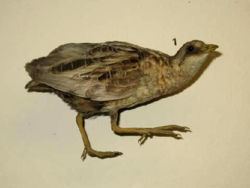Rank Species | Phylum Chordata Family Rallidae | |
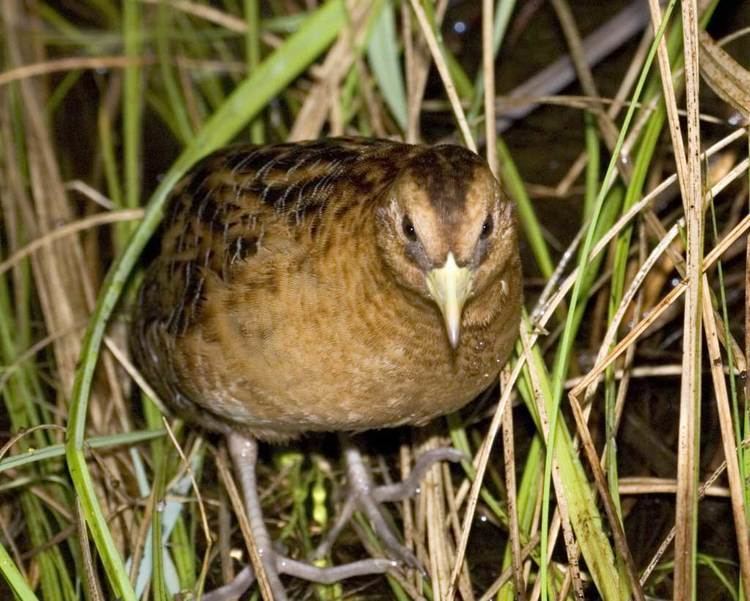 | ||
Scientific name Coturnicops noveboracensis Similar Bird, Rallidae, Coturnicops, Virginia rail, King rail | ||
Yellow rails and rice festival
The yellow rail (Coturnicops noveboracensis) is a small secretive marsh bird, of the family Rallidae.
Contents
Alabama s elusive yellow rail
Description and Ecology
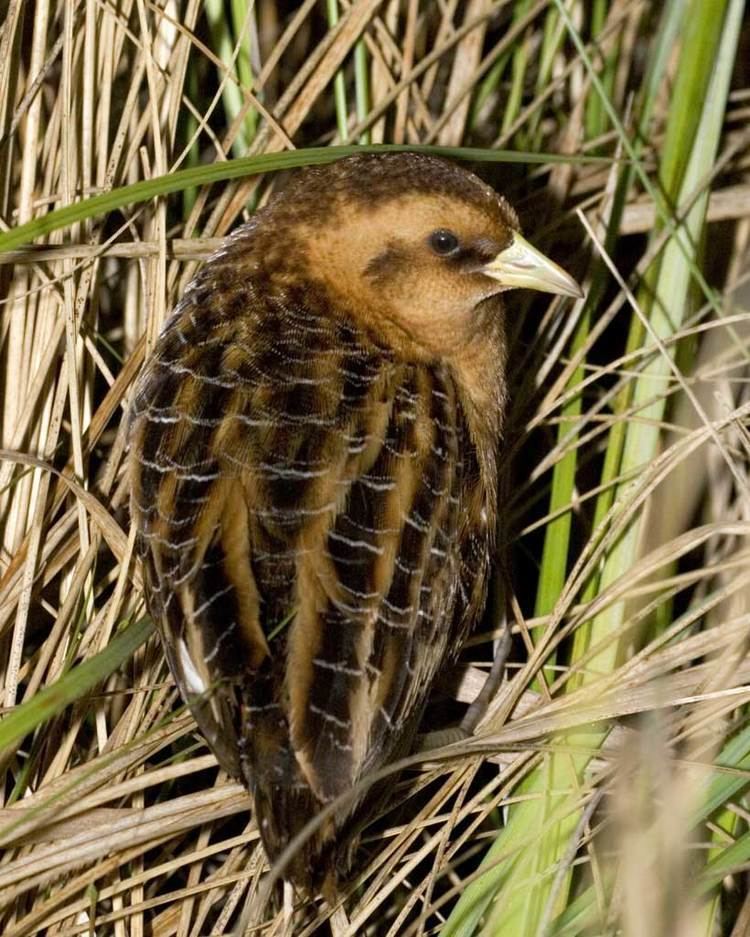
Adults have brown upperparts streaked with black, a yellowish-brown breast, a light belly and barred flanks. The short thick dark bill turns yellow in males during the breeding season. The feathers on the back are edged with white. There is a yellow-brown band over the eye and the legs are greenish-yellow.

Their breeding habitat is wet meadows, fens and shallow marshes across Canada east of the Rockies; also the northeastern United States and the entire northern Canada–US border Great Plains to the Great Lakes. A small population may exist in northern Mexico. The nest is a shallow cup built with marsh vegetation on damp ground under a canopy of dead plants.
The yellow rail migrates to the southeastern coastal United States.
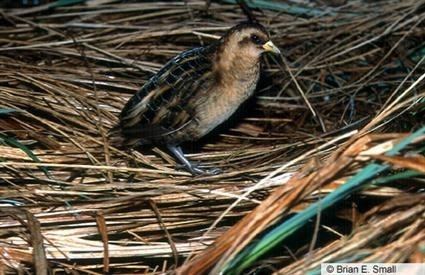
The yellow rail are very elusive and seldom seen. They generally call at night resembling the sound of two stones being clicked together "tik-tik tik-tik-tik" in repetition. When approached, they are more likely to rely on camouflage and escaping on foot through dense vegetation, rather than flushing. Their numbers have declined in recent years due to loss of habitat.
Diet
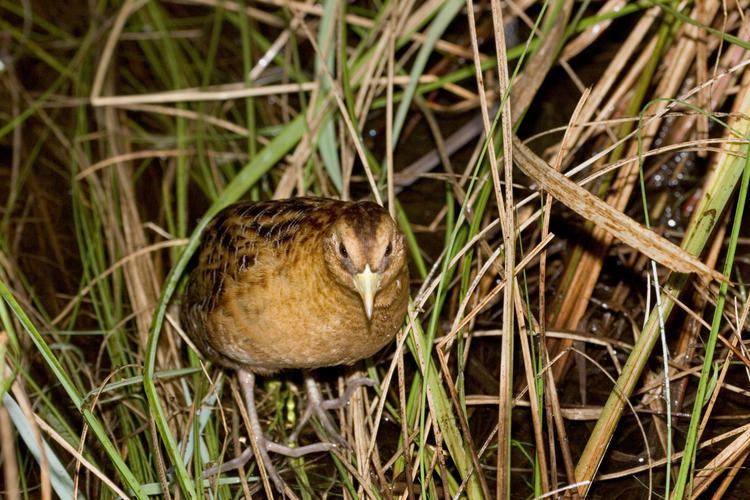
The yellow rail feeds primarily on small invertebrates and compliments its diet with plant seeds. Beetles (Coleoptera) account for the highest proportion of the birds' diet, followed by spiders (Araneae) and snails (Gastropods), whereas plant matter is dominated by sedges (Cyperaceae) and rushes (Juncaceae).
